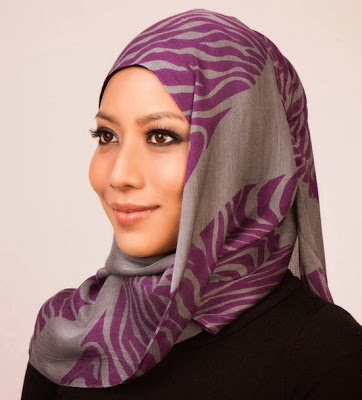Regardless of the origins of the hijab, it is worth noting that the hijab is worn differently country by country and that the hijab does not have a universal form or style. These different forms of the hijab originate based on varying beliefs as to what the religion mandates as the appropriate way to cover. Often the different styles have different names as well.
Beginning with Saudi Arabia, the women wear what is referred to as a niqab. The niqab covers a woman's face except a small slit that leaves open for the eyes.

In Afghanistan, the women commonly wear what is known as the burqa, which covers the whole body and face, but leaves a semi-transparent cloth over the eyes. The Taliban enforced this wear for women when they were in power, and the garment remains culturally enforced and commonly worn in Afghanistan.
In Iran, the hijab is mandated by law. There are two different ways the hijab is usually worn. For those women who are usually more religious, a chador is worn. A chador is a large cloth that is draped over the head and back of the women, which comes around toward the front, where the women clutches the cloth to hold it over her body. It is usually black.
For other women who often wear the hijab solely because it is mandatory, a roosari is worn. A roosari is a small cloth that is only worn on the head to cover the hair. The roosaris in Iran have become very colorful during the past few decades. Usually, it is not worn too tightly (depending on which city it is worn in) and often is seen sliding further and further back on the woman's head with more hair showing year by year, as the enforcement is loosening in Iran.
Here are some other ways the hijab is worn:
There are various reasons a women will wear a hijab. Often it is a way to be modest and protect oneself, many times it is a politically or socially enforced garment, and sometimes, as for many women in the United States, the hijab is worn to represent the religion of Islam.









womens clutches are the ultimate fashion statement, combining style and practicality to make you stand out with elegance and grace.
ReplyDelete